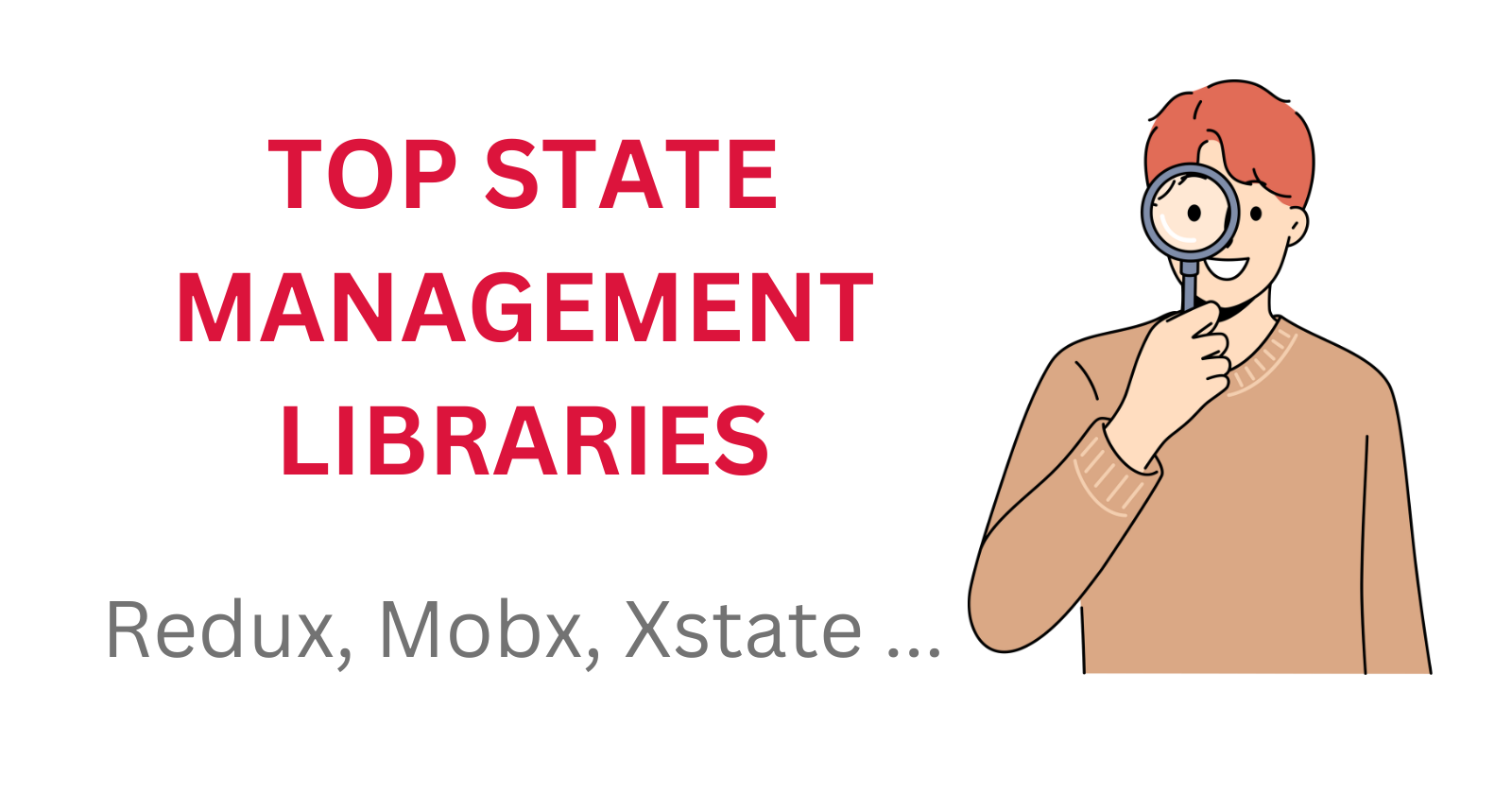Top State Management Libraries to use in React Native
 Piyush Nanwani
Piyush NanwaniTable of contents

If your apps are simple with minimal features, then you can get away without using state management libraries. But, a lot of production applications have a-lot of features. So, there is a lot of data flowing from one part of the app to the other. And to effectively and efficiently manage this, we take the help of state management libraries.
We can say, this is just an abstraction layer over our application, to make our code more clean, easier to maintain and easier to debug. This can also be understood as a type of design pattern to visualise and manage state in our apps better.
Here is the list of top state management libraries you should checkout for React Native:
Redux: Widely mentioned in job descriptions, Redux stands as the oldest and most recognized state management library in the React community. Despite some concerns about boilerplate, the Redux Toolkit team has ensured ongoing development, keeping the library developer-friendly.
MobX: Following Redux in popularity, MobX introduces a different perspective on global state management. It simplifies the handling of global state data without intricate prop passing, presenting an alternative approach called proxy-based state management.
Xstate: Less mainstream but offering a unique global state management approach, Xstate introduces a dedicated tool – the Xstate visualizer – to enhance understanding of how different state pieces relate to each other. Its creator advocates a more mathematical approach to state management.
Jotai: Initially perceived as the newcomer, Jotai has gained attention and stability. Inspired by Recoil, it uses atoms as the smallest building blocks of global state, eliminating prop drilling and extensive boilerplate.
React Query: Although not a state management library, React Query focuses on improved data management and synchronization between apps and servers. It excels in reducing network calls and enhancing the developer experience, with comprehensive documentation and problem-solving capabilities.
When selecting a state management library from tried-and-tested options, developer experience is the deciding factor. Although your app's end user won't know if you're using MobX or Redux, other devs might criticize you for it.
While some developers are passionate about Redux, others would like to stay away from Redux-based projects. Perhaps you'll use React Query for data fetching and MobX for local state in your future app? Or perhaps Axios for fetching, Async Storage for persisting state, and Xstate for local state? or perhaps something quite else.
Every state management library, in my opinion, has advantages and disadvantages. Furthermore, I think it is irrelevant to debate which is superior because there is no clear winner.
I hope that with this article, you got to know about more state management libraries to explore.
Thanks for reading!
Resources
Subscribe to my newsletter
Read articles from Piyush Nanwani directly inside your inbox. Subscribe to the newsletter, and don't miss out.
Written by

Piyush Nanwani
Piyush Nanwani
Experienced full-stack developer with a passion for tackling complex challenges. Dedicated to helping you become a top 1% mobile app developer. Passionate about mentoring, teaching, and continuous learning in new technologies.